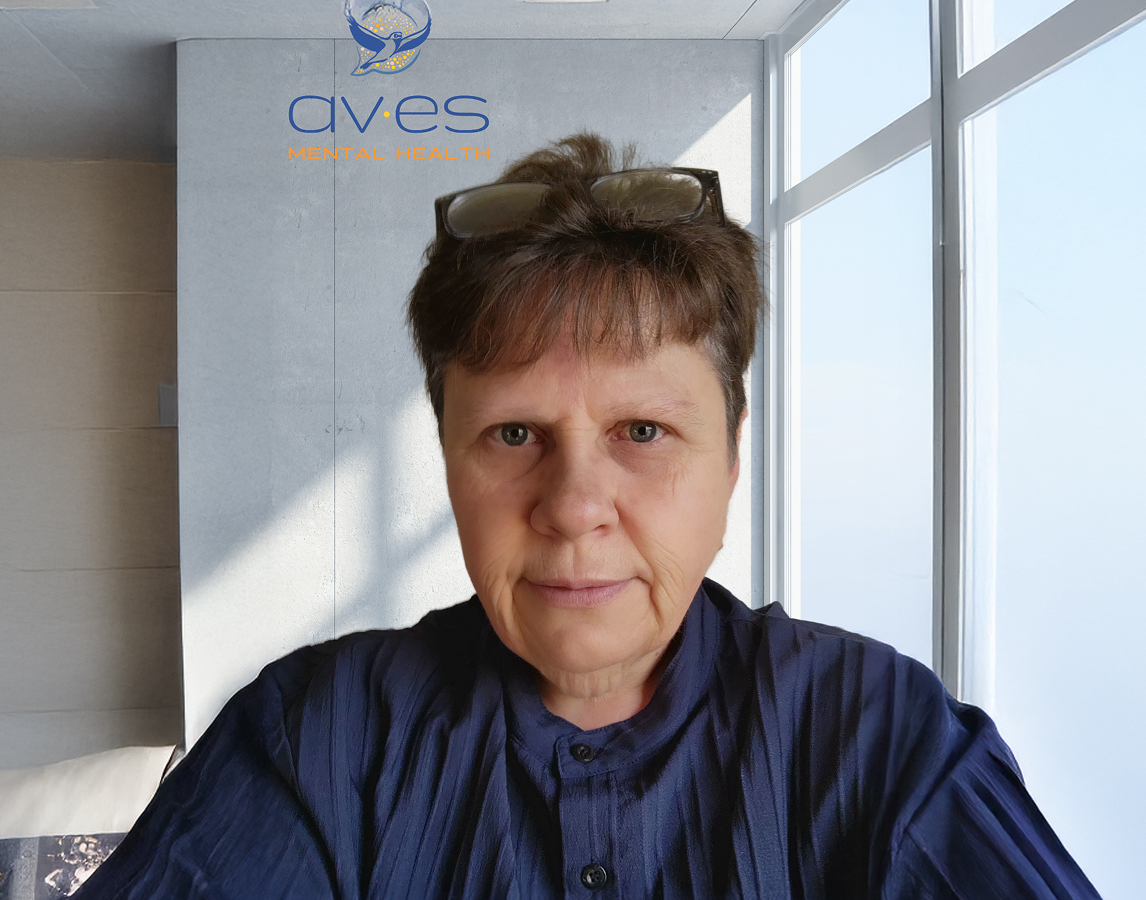
When Health Feels Human: A Journey Through Doha Health Week
Read More
From Surgical Checklists to Global Health: A Vision for Hygiene and Infection Prevention in the Fight Against AMR
Read More
Voices of Lived Experience: A Conversation with Charlene Sunkel on Global Mental Health Advocacy
Read More
Unseen and Unbroken: Sudan’s Crisis and the Quiet Power of Women
Read More
From Tokyo to Osaka: A Journey of Health and Culture
Read More
Why is there a need for Healthy Cities Across the Middle East?
Read More
Shaping the Future: How Doha’s Global Ministerial Mental Health Summit Fuels Local Action
Read More
Scroll, Shrug, Forget: The World’s Numbness to the War on Healthcare
Read More
Building Bridges for Global Health: The WISH–University of Tokyo Partnership
Read More
The NCD Declaration: A Pragmatist’s Defence of an Imperfect Victory
Read More
A Year of Learning, Listening, and Growing with WISH at Qatar Foundation
Read More
It Truly Takes a Village: Breastfeeding, Culture, Policies, and Collective Care
Read More